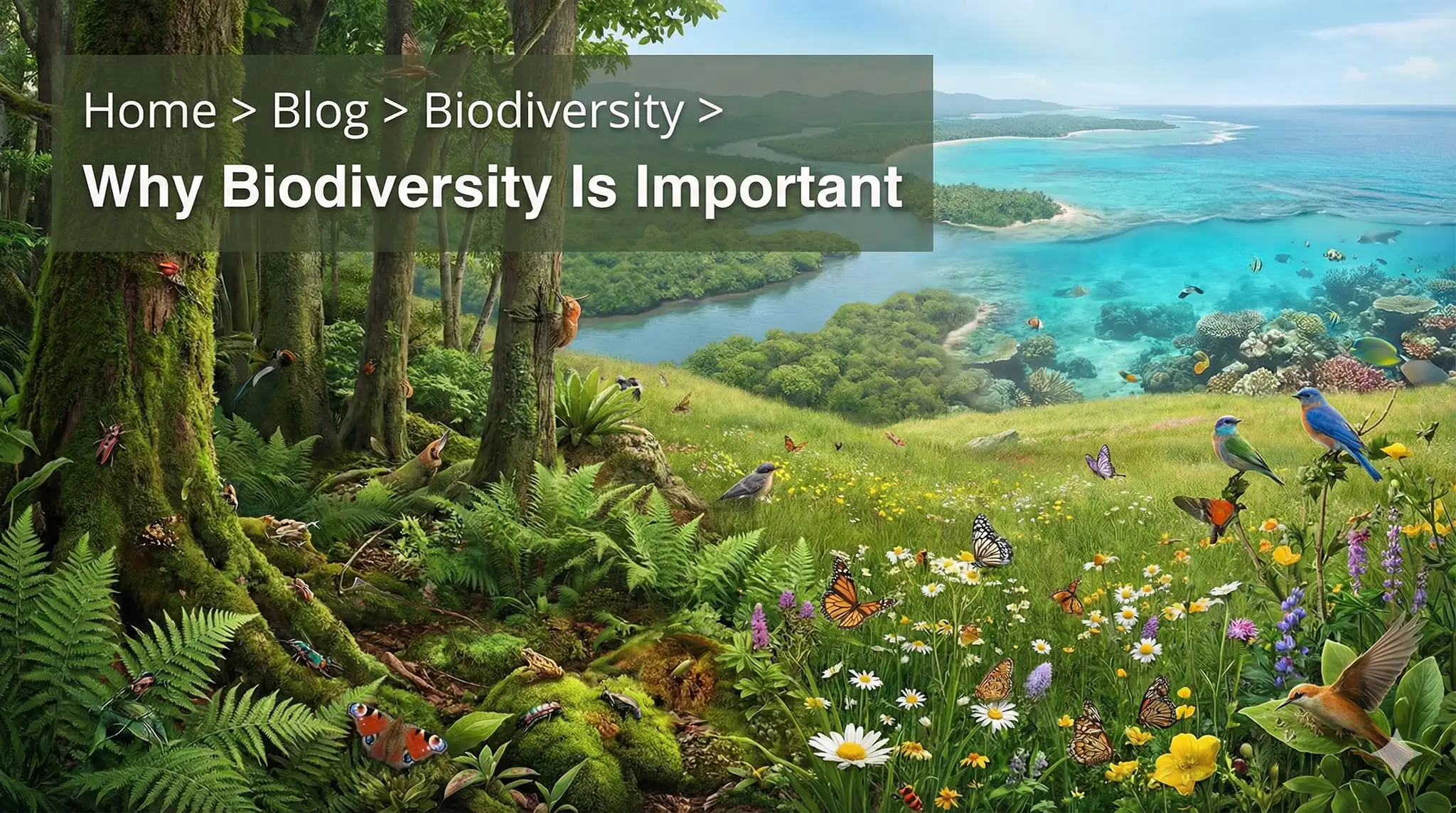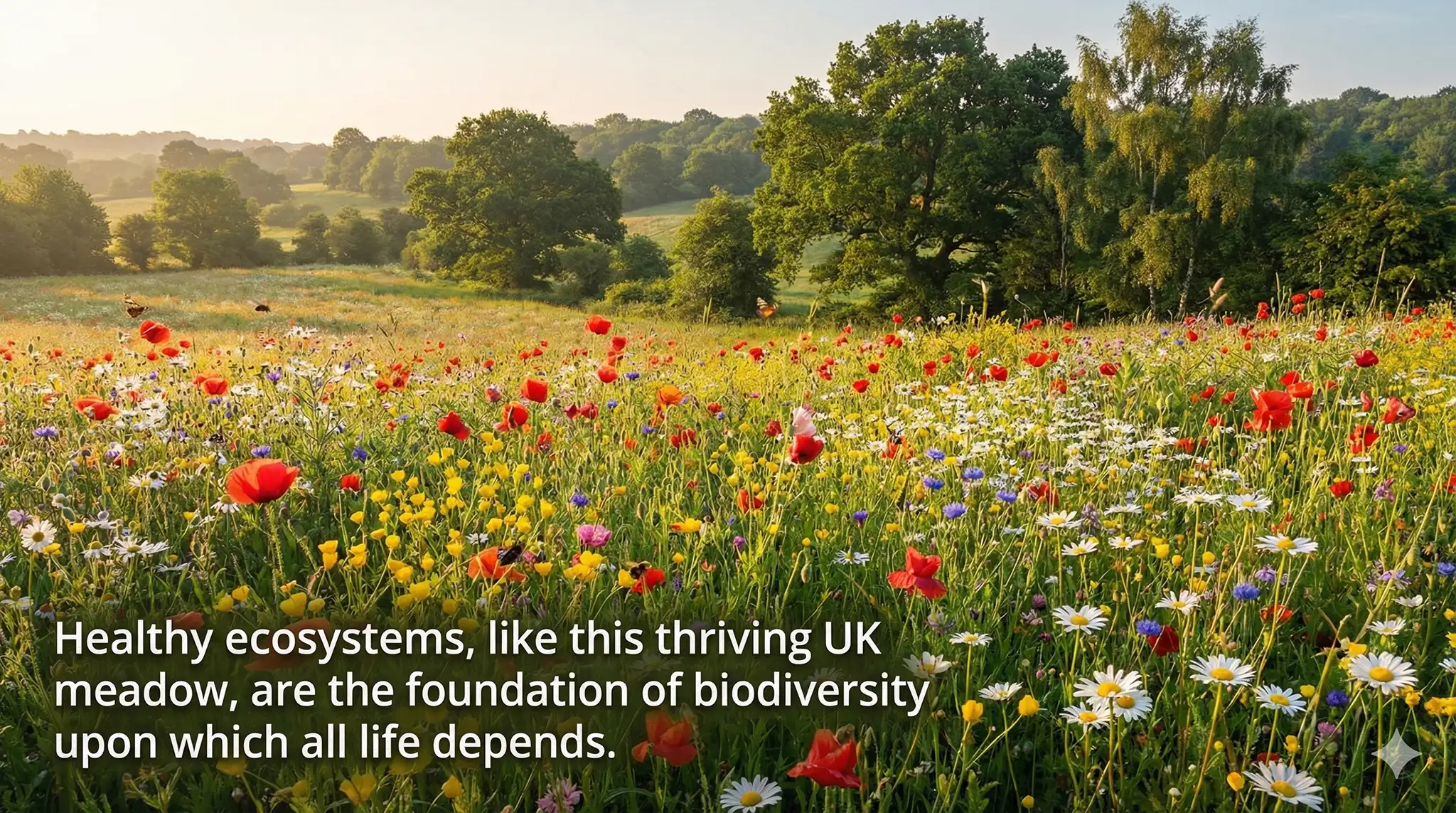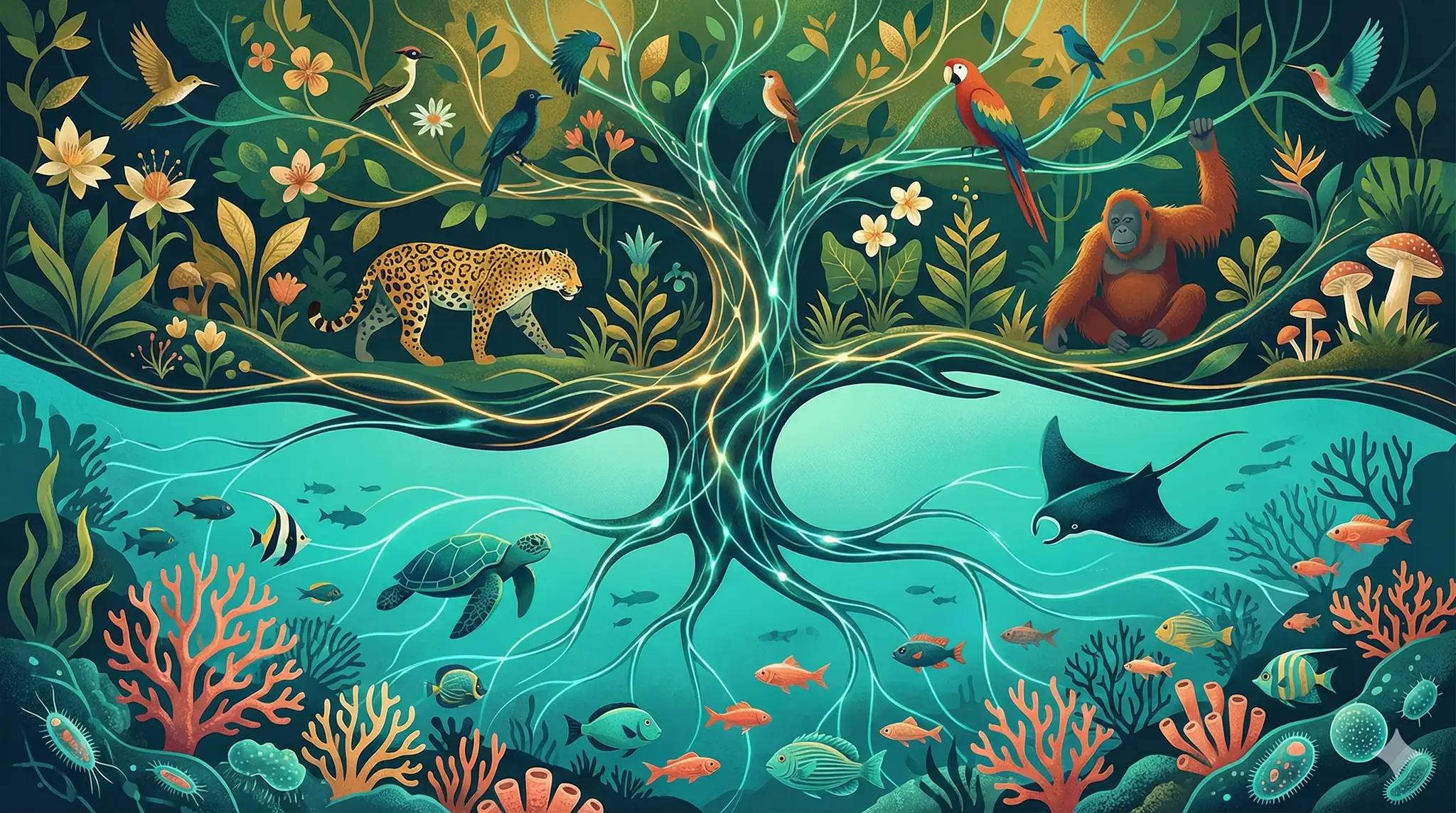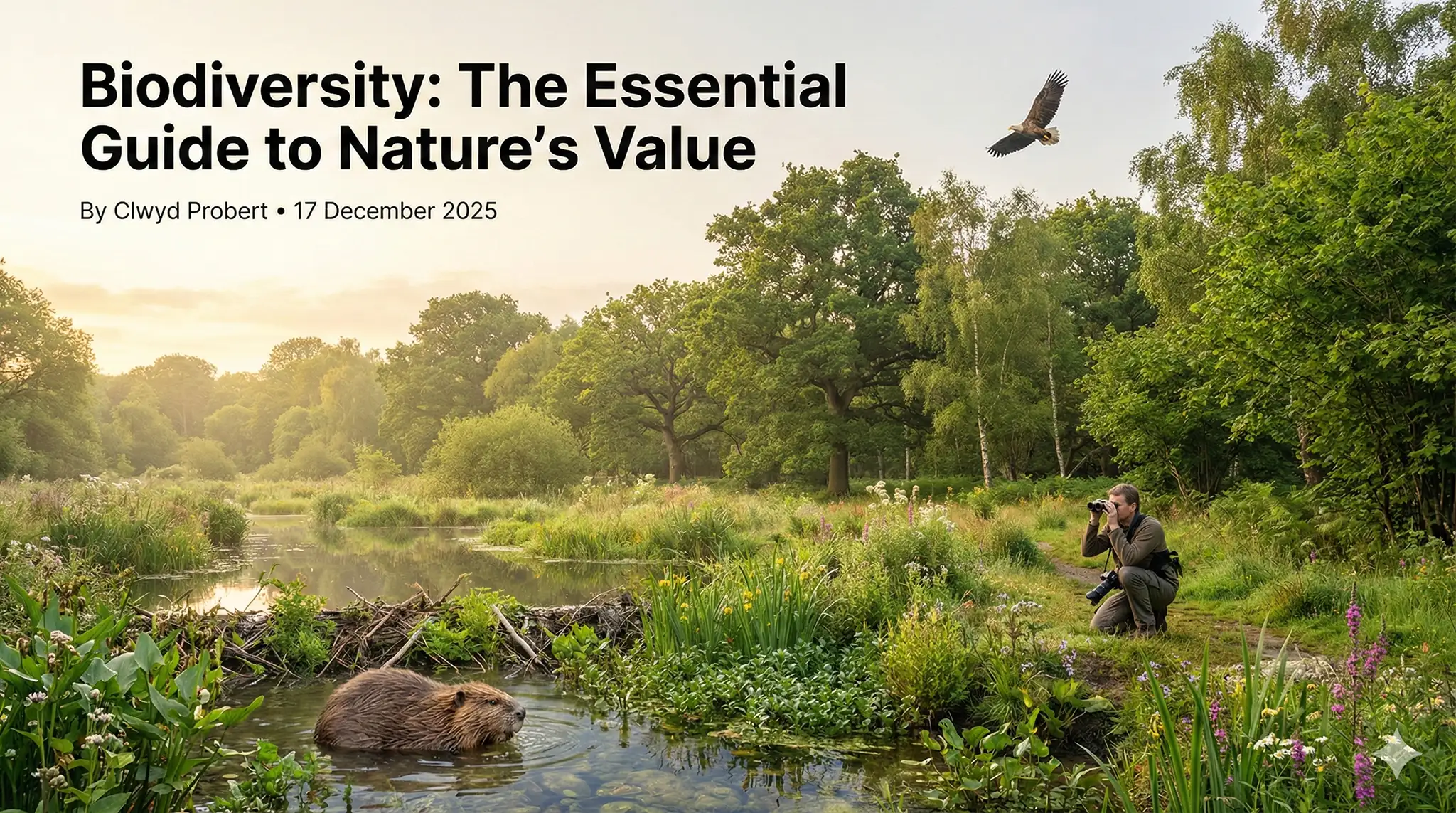Introduction
Humans have been altering the environment since the beginning of their existence, but with modern technology, the scale and impact of this transformation have grown immensely. The arrival of humans in Australia around 60,000 years ago led to the use of fire as a hunting tool, which caused a dramatic change in plant life in Australia. This resulted in the loss of rainforest trees, leaving only the Australian native plants that we know today.
Consequently, the change in plant life led to a shift in the animal population, as those that depended on the rainforest trees died out. This shows that changes in the environment can lead to changes in the community.
The Positive and Negative Impacts of Human Activity on Ecosystems
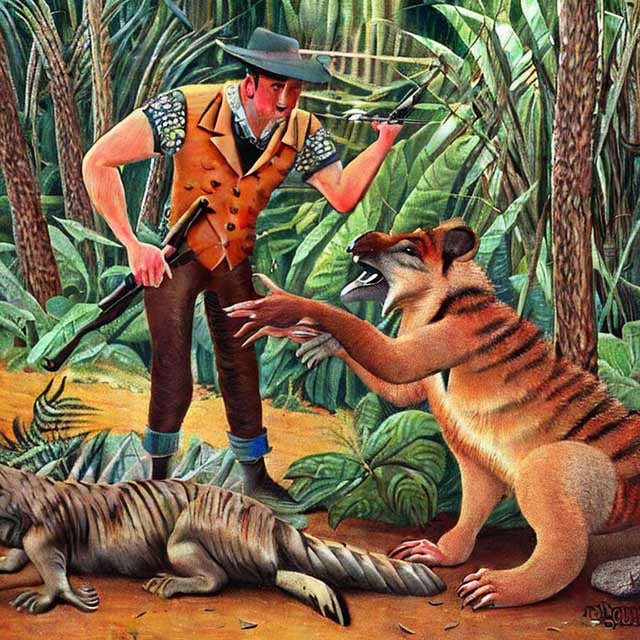 The impact of humans on the environment has been both positive and negative. The introduction of new species, for instance, can help to improve the overall health of an ecosystem. Still, invasive species, on the other hand, can cause harm to native species. In Australia, cats are a significant problem as they hunt small marsupials and mammals for food or fun, leading to a decrease in the population of native species, and even extinction. To help protect native species, the Australian Wildlife Conservation encourages people to keep their cats as indoor pets.
The impact of humans on the environment has been both positive and negative. The introduction of new species, for instance, can help to improve the overall health of an ecosystem. Still, invasive species, on the other hand, can cause harm to native species. In Australia, cats are a significant problem as they hunt small marsupials and mammals for food or fun, leading to a decrease in the population of native species, and even extinction. To help protect native species, the Australian Wildlife Conservation encourages people to keep their cats as indoor pets.
Climate Change as a Result of Human Activity
The burning of fossil fuels has released large amounts of greenhouse gases into the atmosphere, causing the Earth's average temperature to rise. This has led to a number of impacts on the environment, including the melting of glaciers, the rise in sea levels, and more extreme weather events. The rise in sea levels due to climate change will cause populations and communities close to any body of water to start being swallowed up, forcing those populations to change. Scientists have predicted that this will increase Earth's average temperature, causing the polar ice caps to melt and water to expand. This will lead to a rise in sea levels.
The Rise of Human Population and Its Impact on Ecosystems
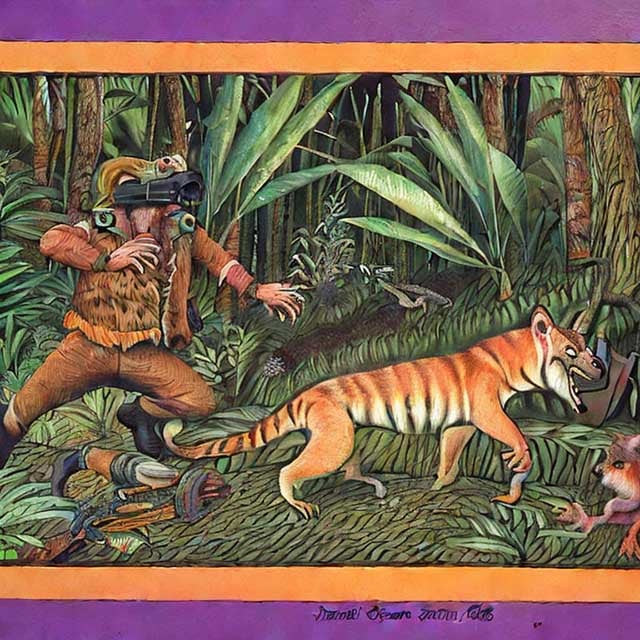 The world population is predicted to reach 8 billion by 2025, which is having a large impact on ecosystems. As the human population increases, more land is needed for housing and development, which leads to the destruction of natural habitats. Destruction of natural habitats is a very big issue. It is the process by which natural habitat is destroyed, and the biodiversity of an ecosystem is completely reduced. The increase in human activity is leading to the extinction of many different species. In Australia, there is fossil evidence of a greater variety of marsupials than there are now. This is because larger marsupials, such as the dippers, became extinct around 20,000 years ago due to factors such as climate change and human activity.
The world population is predicted to reach 8 billion by 2025, which is having a large impact on ecosystems. As the human population increases, more land is needed for housing and development, which leads to the destruction of natural habitats. Destruction of natural habitats is a very big issue. It is the process by which natural habitat is destroyed, and the biodiversity of an ecosystem is completely reduced. The increase in human activity is leading to the extinction of many different species. In Australia, there is fossil evidence of a greater variety of marsupials than there are now. This is because larger marsupials, such as the dippers, became extinct around 20,000 years ago due to factors such as climate change and human activity.
Habitat Destruction and Its Impact on Biodiversity
Habitat destruction is such a big problem because it is the leading cause of species extinction worldwide. Across the world, the reason that most species are going extinct is not because of increased hunting or introduced species, but because of habitat destruction. The land that is now home to the city was once farmland. 30-40 years ago, crops were grown here, and there would have been lots of plants and animals living in the area. As the population increased, the land was cleared away to make way for pastures and developments like shopping centres. Now, we need to be looking at other ways to accommodate the growing population.
Preserving Natural Habitats
It is crucial to find alternative ways to accommodate the growing human population without destroying natural habitats. One solution is to build upwards rather than expand outwards, as China has done, to preserve the habitats of other animals and not destroy them in the process. This will require cooperation from governments, businesses, and individuals to reduce their impact on the environment and protect the biodiversity of life around us. This will also involve education and awareness-raising about the importance of protecting natural habitats and the need for sustainable living practices.
Another way to protect natural habitats is through the establishment of protected areas, such as national parks and wildlife reserves. These areas provide a safe haven for a diverse range of plants and animals and allow for research and monitoring of ecosystems.
Additionally, promoting sustainable practices, such as reducing the use of single-use plastics, reducing carbon emissions, and protecting natural habitats, can help to mitigate the impact of human activity on the environment. Encouraging and supporting sustainable agriculture, forestry, and fishing practices can also help to preserve biodiversity and protect natural habitats.
Collaborative Efforts to Protect Biodiversity
Protecting biodiversity requires collaboration and partnership between individuals, businesses, organizations, and governments. This includes the development of policies and regulations that promote sustainable practices and protect natural habitats. The United Nations has set goals for sustainable development, including the protection of terrestrial and marine ecosystems, the reduction of carbon emissions, and the promotion of sustainable practices in agriculture and other industries.
Furthermore, there are several organizations and initiatives working towards protecting biodiversities, such as the World Wildlife Fund, Conservation International, and the International Union for Conservation of Nature. These organizations work towards promoting conservation, sustainable practices, and research to protect biodiversity and natural habitats.
Conclusion
The impact of human activity on the environment has been both positive and negative. The arrival of humans in Australia around 60,000 years ago led to the use of fire as a hunting tool, which caused a dramatic change in plant life in Australia. Invasive species, climate change, and habitat destruction are also significant threats to biodiversity and the environment. As the world population continues to grow, it is crucial to find alternative ways to accommodate the growing human population without destroying natural habitats. This will require collaboration between individuals, businesses, organizations, and governments to promote sustainable practices and protect natural habitats.
FAQ
Q: What is biodiversity?
A: Biodiversity means all the different living things on Earth, like plants and animals.
Q: Why is biodiversity important?
A: Biodiversity is important because it helps make the world beautiful and healthy. Different animals and plants have important jobs in nature, like cleaning the air and water, pollinating flowers, and providing food for other animals.
Q: What are some things that humans do that hurt biodiversity?
A: Sometimes people clear away forests or other habitats to build homes or roads. This can make it hard for animals and plants to live there. People also sometimes use harmful chemicals or introduce new animals that don't belong in an area, which can hurt the plants and animals that do belong there.
Q: What is climate change?
A: Climate change is when the Earth gets warmer over time because of things people do, like using too much electricity or driving too much.
Q: Why is climate change bad for biodiversity?
A: Climate change can hurt plants and animals in many different ways. It can make it too hot or too dry for some animals to survive, and it can make some places too wet for others. This can make it hard for some plants and animals to find food or to live in their homes.
Q: How can we help protect biodiversity?
A: We can help protect biodiversity by using less energy, like turning off lights and walking or biking instead of driving. We can also recycle and use fewer plastic things. And we can make sure to take care of the plants and animals in our communities by not littering and by being kind to nature!
